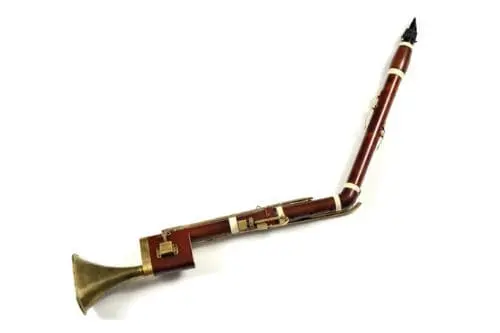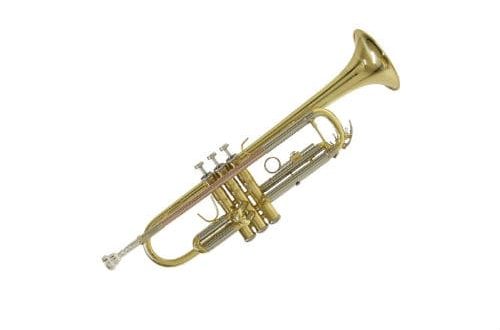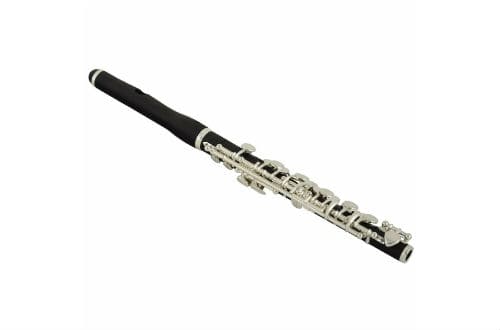
Basset horn: instrument description, history, composition, use
The basset horn is an alto type of clarinet with a long body and a lower, softer and warmer tone.
This is a transposing instrument – the real pitch of the sound of such instruments does not coincide with that indicated in the notes, differing by a certain interval down or up.
The basset horn is a mouthpiece that passes through a curved tube into a body that ends in a curved bell. Its range is lower than that of the clarinet, reaching down to a note up to a small octave. This is achieved by the presence of additional valves that are controlled by the little fingers or thumbs of the right hand, depending on the country of manufacture.

Basset horns of the 18th century had curves and a special chamber in which the air changed direction several times and then fell into an expanding metal bell.
One of the very first copies of this wind instrument, which is mentioned in the sources of the second half of the 18th century, is the work of masters Michael and Anton Meirhofer. The basset horn was liked by the musicians, who began to organize small ensembles and perform opera arias popular at that time, arranged specifically for the new invention. Freemasons also paid attention to the “relative” of the clarinet: they used it during their masses. With its low deep timbre, the instrument resembled an organ, but was much simpler and more convenient to use.
A. Stadler, A. Rolla, I. Bakofen, and other composers wrote for the basset horn. Mozart used it in several works – “The Magic Flute”, “The Marriage of Figaro”, the famous “Requiem” and others, but not all were completed. Bernard Shaw called the instrument “indispensable for funerals” and believed that if it were not for Mozart, everyone would have forgotten about the existence of the “alto clarinet”, the writer considered its sound so boring and uninteresting.
The basset horn became widespread in the late 18th and early 19th centuries, but later it was no longer used. The instrument found a place in the works of Beethoven, Mendelssohn, Danzi, but practically disappeared over the next few decades. In the 20th century, the popularity of the basset horn began to slowly return. Richard Strauss gave him roles in his operas Elektra and Der Rosenkavalier, and today he is included in clarinet ensembles and orchestras.





